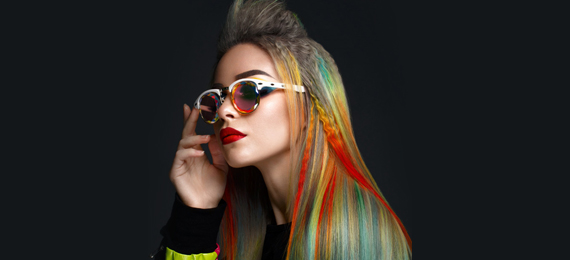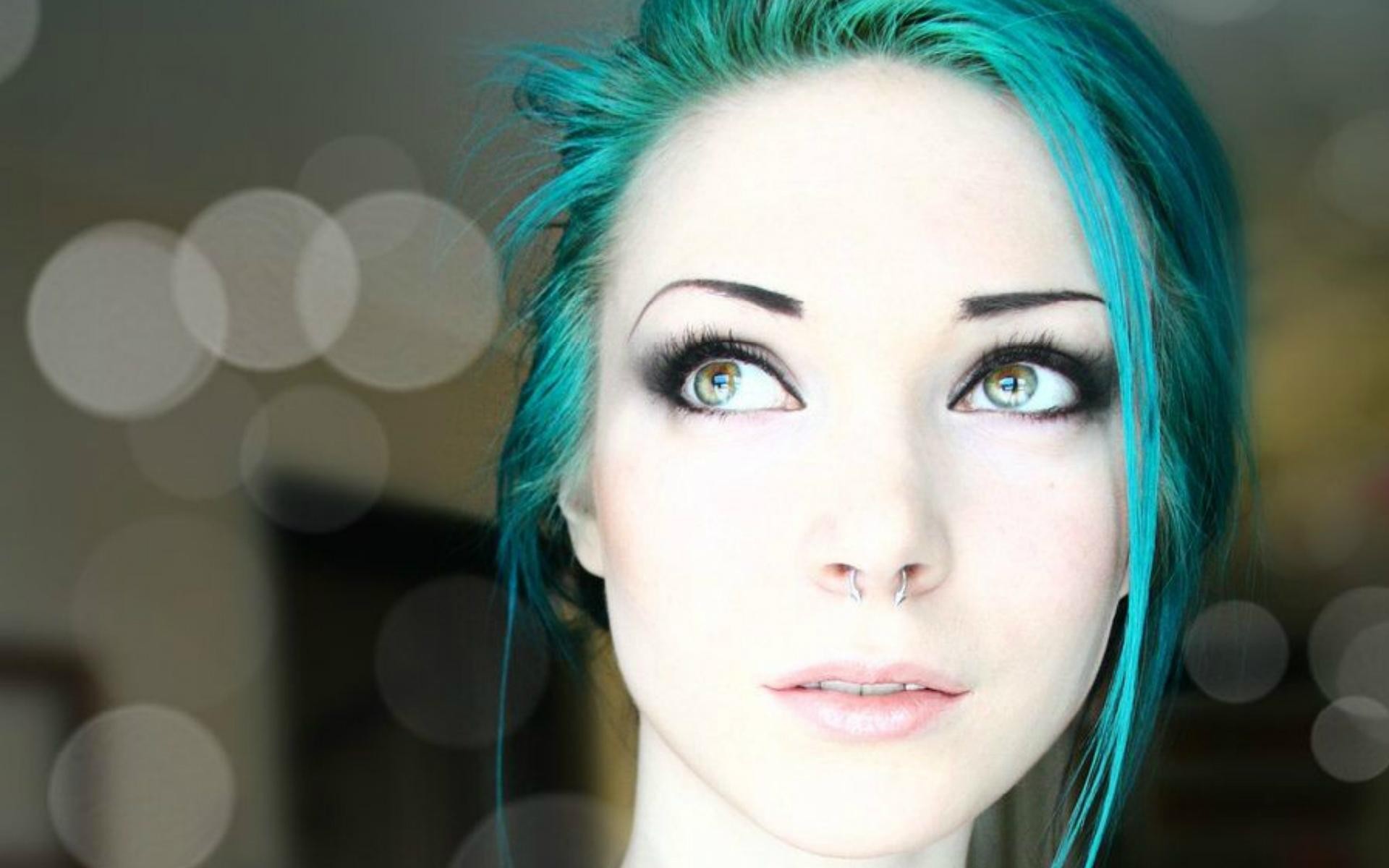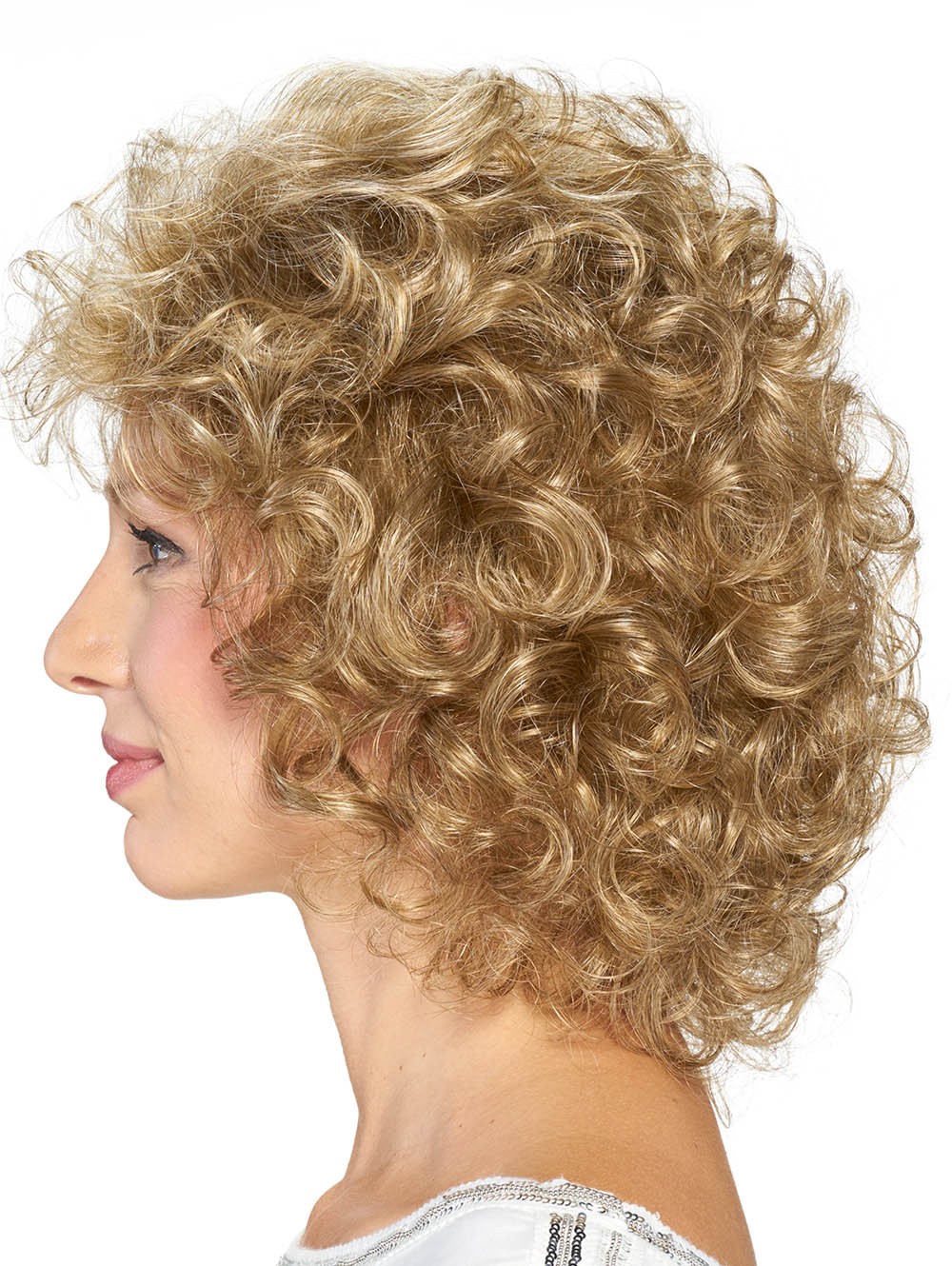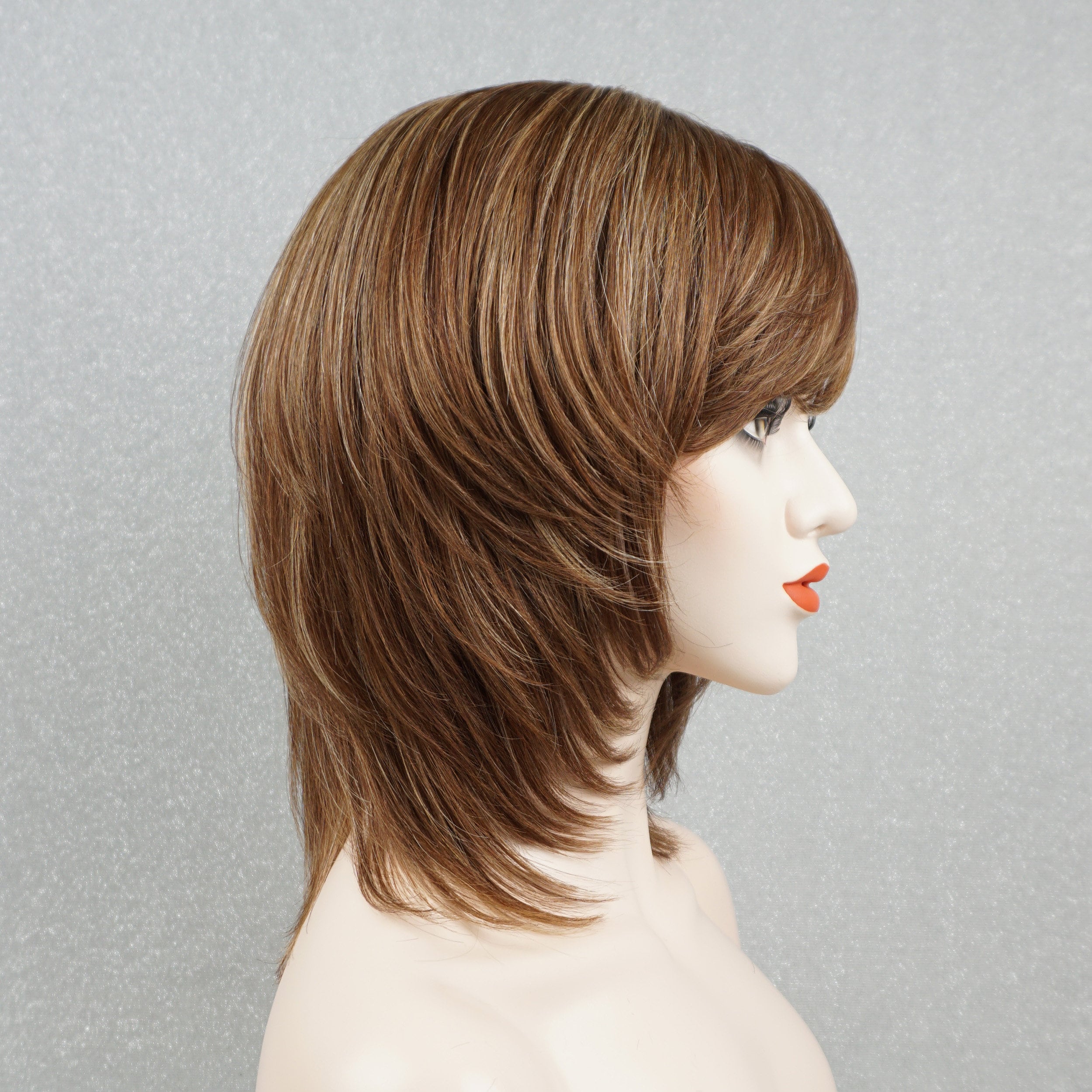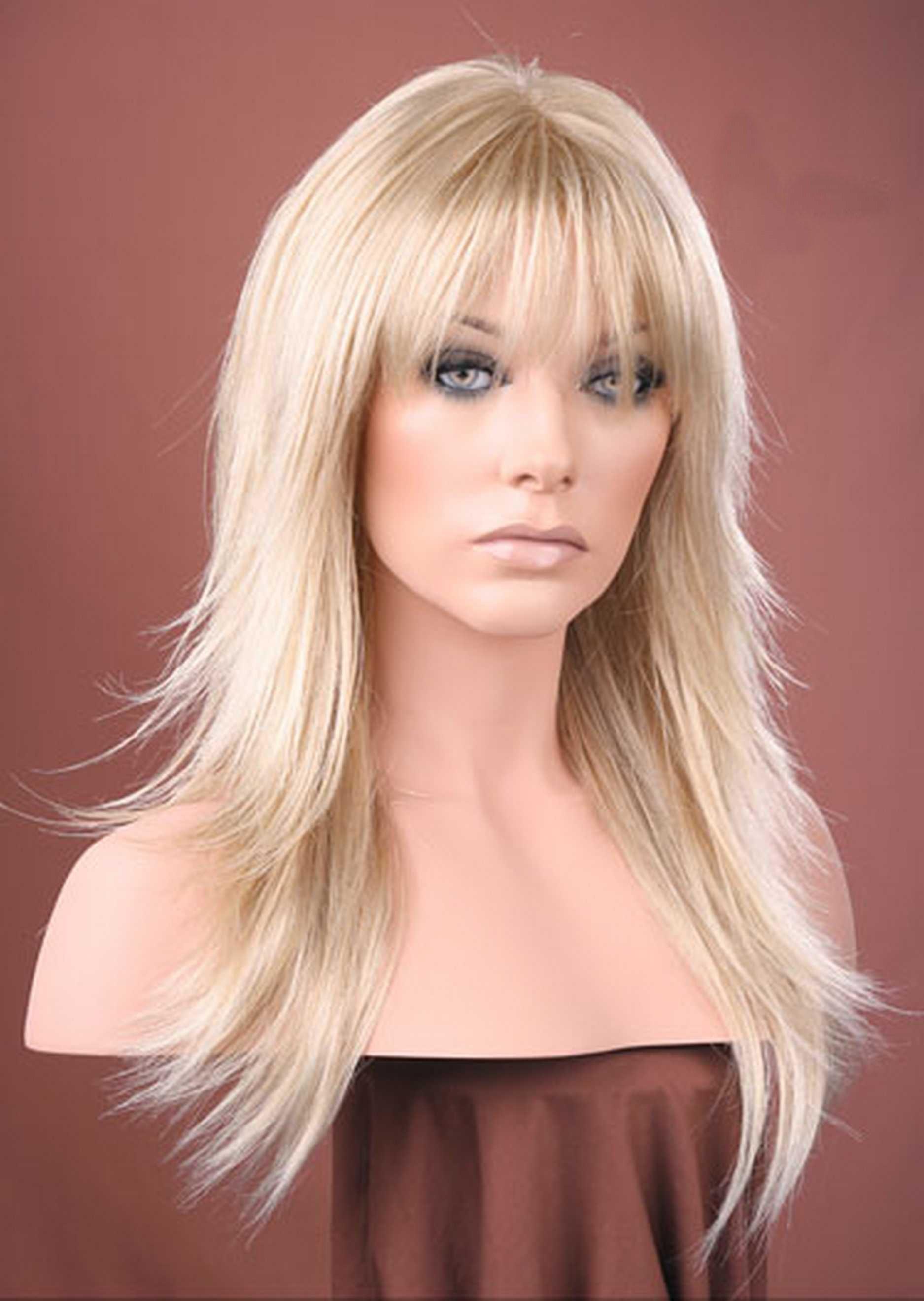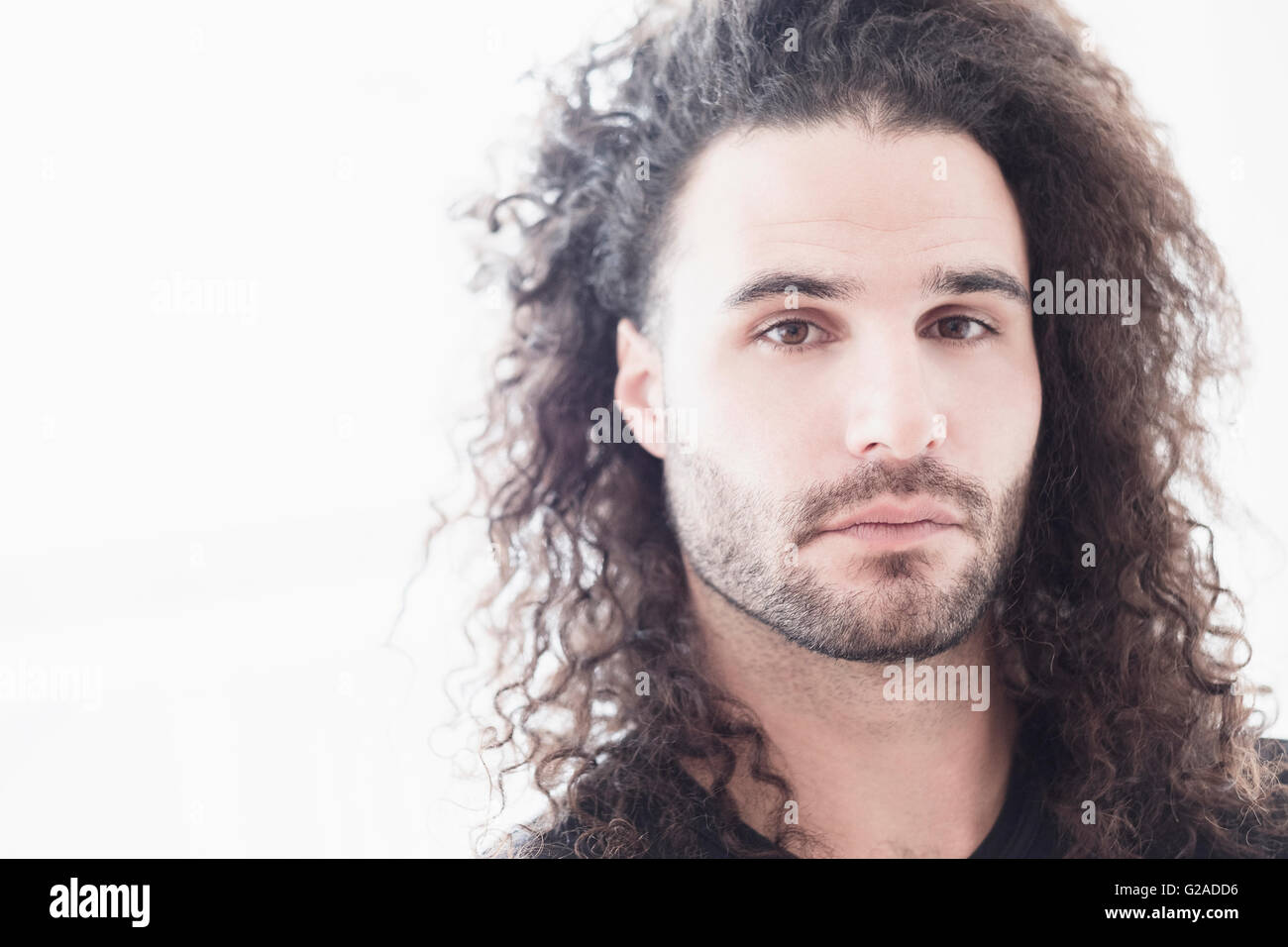Table Of Content
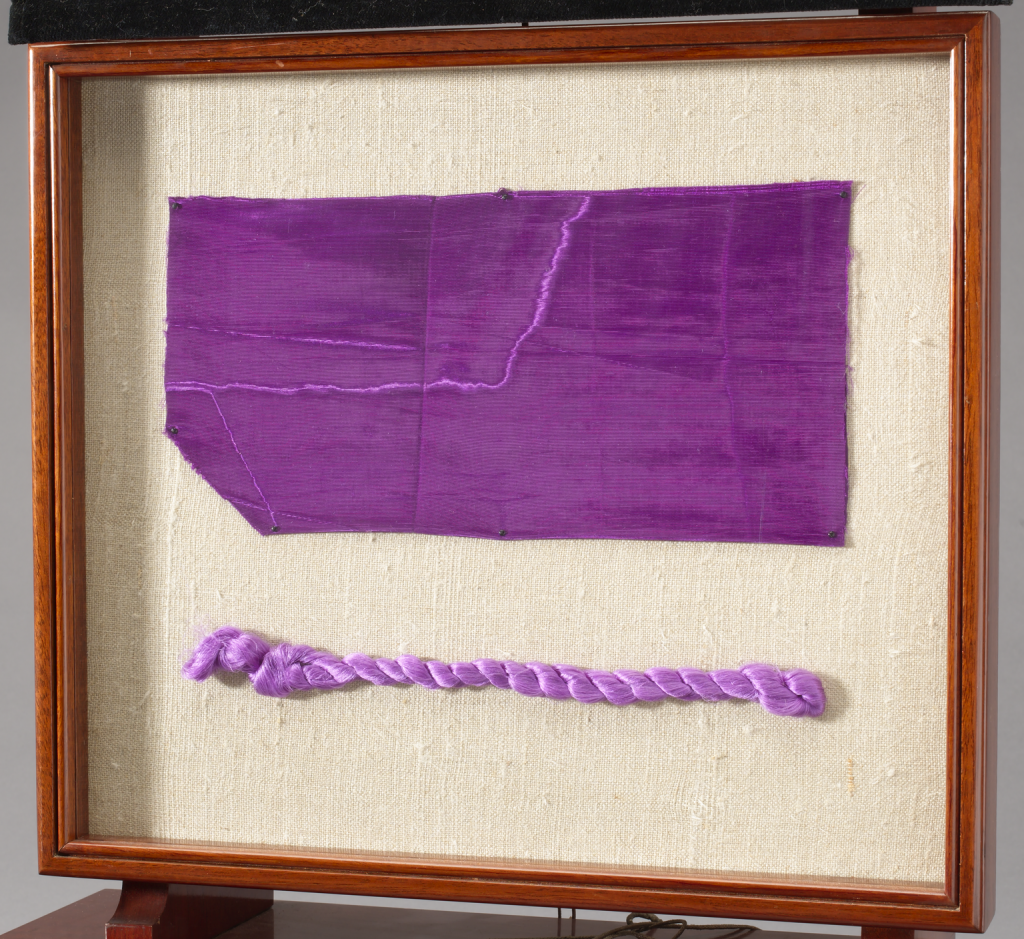
These dyes work by penetrating the hair shaft and depositing color molecules, resulting in a change in hair color. Over the years, hair dye formulas have evolved to become gentler and more effective, allowing for a wide range of color options and techniques. Shortly after this accidental discovery, Perkin’s teacher, August Wilhelm von Hoffman, derived a color-changing molecule from mauveine called para-phenylenediamine or PPD. From the bold and vibrant shades of the 1960s to the pastel hues of the 2010s, hair colour trends have evolved over time, reflecting the changing values and attitudes of each era.
From rainbow to gray: The evolution of hair dye - CNN
From rainbow to gray: The evolution of hair dye.
Posted: Wed, 25 Mar 2020 07:00:00 GMT [source]
Temporary color
The first synthetic dye was an accidental discovery by an English scientist named William Henry Perkin. Red hair dye has a long history, with people using natural substances like henna and red clay to color their hair red for centuries. Black hair dye has been around since the early 20th century when the first commercial hair dye was invented by French chemist Eugene Schueller. The success of Aureole marked the beginning of the modern hair dye industry, and it paved the way for the wide range of hair dye products we have today. Hair dye has a long and fascinating history dating back to ancient civilizations, with people using a variety of natural ingredients to color their hair.
Romans Developed the First Permanent Black Hair Dye
Schueller’s hair dye was a safer and more gentle alternative, and it quickly gained popularity thanks to its effectiveness and relative safety. Red hair first appeared as the result of a genetic mutation in the Dark Ages, with the first documented case of a natural-born redhead occurring in Scotland. It wasn’t until Queen Elizabeth I took her reign in 1558 that red hair become more acceptable. Native Americans used a variety of organic materials, such as plants, minerals, and insects, to dye their clothes, textiles, and hair.
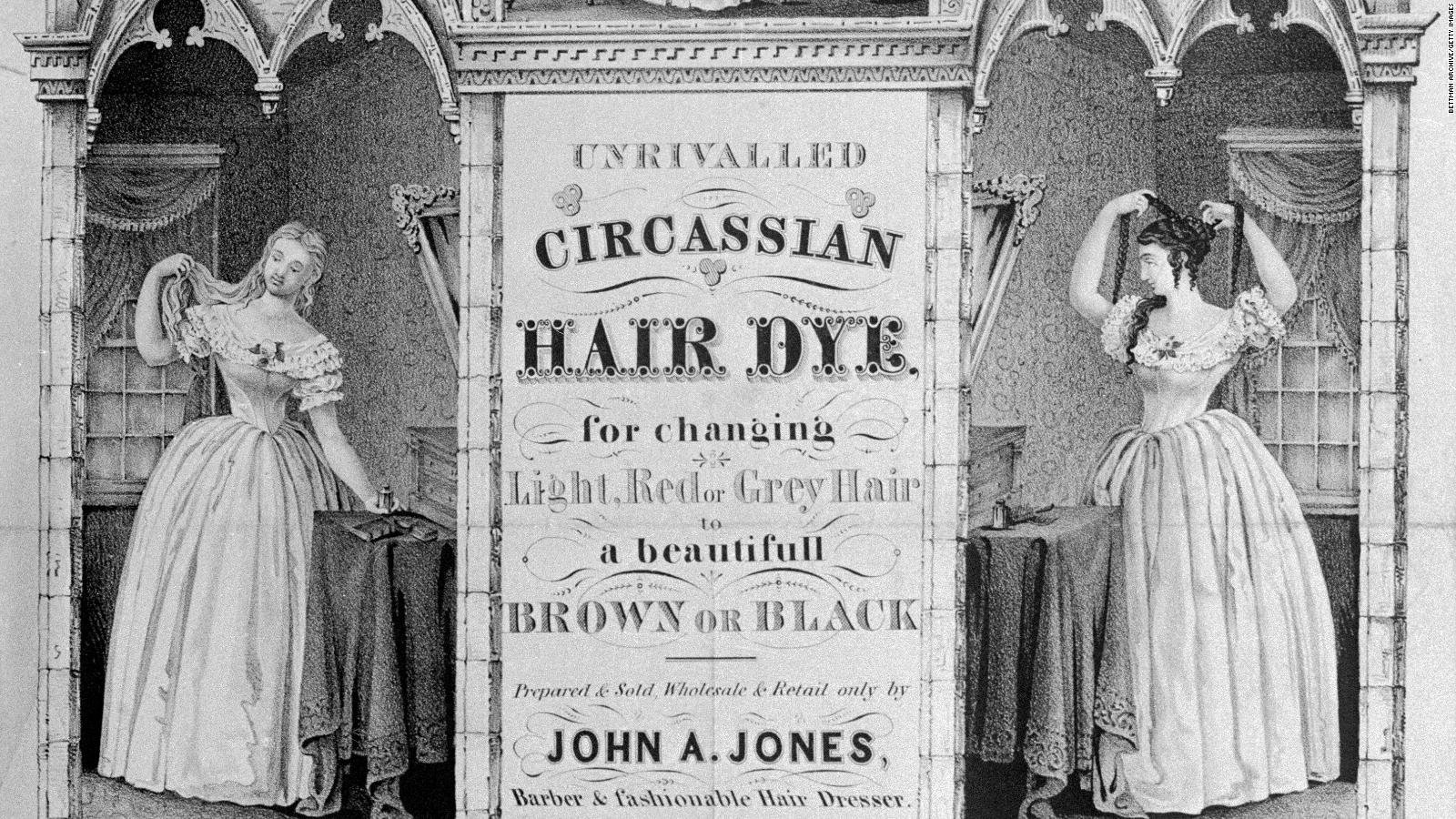
What Was the First Natural Dye?
This ushered in the modern era of hair dye, including the ability for hair to be dyed at home. Alternative hair coloring products are designed to create hair colors not typically found in nature. These are also referred to as "vivid color" in the hairstyling industry. The available colors are diverse, such as the colors green and fuchsia.Permanent alternatives in some colors are available.
Humans have dyed for thousands of years, experimenting with ever-changing, often vicious, formulas to achieve a new hair color. This period saw the rise of at-home hair dye kits, which democratized hair color and led to an increase in experimentation and creativity. Unfortunately, there is still speculation over the safety of today’s hair dye formulas. Many brands continue to use damaging ingredients like PPD, resorcinol, metallic salts, and ammonia. Hair samples from ancient Roman and Greek human remains show evidence of hair dye.
11 best natural hair dyes 2024, per experts and reviews - Cosmopolitan UK
11 best natural hair dyes 2024, per experts and reviews.
Posted: Fri, 05 Apr 2024 07:00:00 GMT [source]
Hair Dyes Today
After analyzing hair samples from ancient Greek and Roman human remains, scientists determined some had been treated with permanent hair dye. It is believed people initially used a combination of lead oxide and calcium hydroxide to color their strands, but when that was determined too toxic, they switched to a formula created by fermenting leeches. Cordwell identifies several instances where hair color was changed for other reasons; for example, Afghans believed that dyeing their hair red with henna could cure a bad headache. By the late 1960s, coloring your hair was commonplace, and 1968 was the last year Americans had to state their hair color on passports.
But not stopping there, some women went as far as to utilize chemical dyes that were generated from coal tar and lead. Though they could be quite successful in transforming one’s hair hue, the toxicity of these dyes made them a potential hazard to one’s wellbeing. With the development of synthetic hair dye, the history of modern hair dye began. William Henry Perkin, an English scientist, made the unintentional discovery of the first synthetic dye.
More Colorist Tips
Not much changed until the 1800s, when English chemist William Henry Perkin made an accidental discovery that changed hair dye forever. In an attempt to generate a cure for malaria, Perkins created the first synthesized dye in 1863. Soon after, his chemistry professor August Hoffman derived a color-changing molecule from Mauveine (called para-phenylenediamine, or PPD), which remains the foundation for most permanent hair dyes today.
When Was Hair Dye Invented? The Colorful History Unveiled for Tresses (
While the Egyptians used henna as early as 2100 BCE, the first permanent hair coloring emerged in ancient Rome with a toxic black dye made from lead oxide. In the early 20th century, the first commercial hair dye was invented, and since then the hair dye industry has evolved significantly. And we'll be the first to tell you that there is nothing more admirable than accepting yourself for who you are, both inside and out. But sometimes, we're just not quite ready to let Mother Nature take over with fine lines and gray hairs, and that's why hair dye was invented. For those of us who have been dyeing, highlighting, balayaging, glossing, and toning our hair for years, it's more than the cosmetic aspect of trying a new color. It's a part of history that is deeply rooted in preserving a certain beauty era in our lives.
Prior to 1950, going blonde involved bleach and a lot of damage, so most widely available hair dye products helped women achieve a darker hue. Clairol changed the game in 1950 when they introduced the first one-step hair dye product that actually lightened hair without bleaching it. The Romans developed the first permanent black hair dye, which was made from lead and sulfur powder. PPD is a color-changing molecule that leaves your hair with natural-looking, enduring color. PPD is so effective that it is still a staple in the formula of many modern permanent hair dyes today. The first commercial hair dye was invented in the early 20th century by French chemist Eugene Schueller, and since then the hair dye industry has grown into a billion-dollar industry.
The first permanent hair color—jet black—can also be attributed to Ancient Rome, but it took a few hundred years for Greeks and Romans to introduce more color choices beyond black. During the Roman Empire, prostitutes were required to have blonde hair, and while many wore wigs, some used a plant-based mixture to lighten their natural hair color. Outside of these ancient empires, other civilizations used hair color on the battlefield as a means to show their rank and frighten the enemy. These early synthetic dyes were primarily permanent, but as the demand for hair colour grew, so too did the need for a variety of dye types and techniques.
In the Dark Ages, red hair first appeared as the result of a genetic mistake. For many years, people with natural red hair were subjected to suspicions of witchcraft. However, in the 16th Century, Queen Elizabeth I’s natural vibrant red hair made red hair more acceptable, and soon hair was being reddened with items such as henna, which dated back to the ancient Egyptians. During the Baroque period, when elaborate powdered wigs were popular, the colors ran the gamut of pastels, from pinks and yellow, to even blue. Blond hair continued to be desirable, with potassium lye or caustic soda being use to bleach the hair. Victorian women used large hats with an open top to expose their treated hair to the strong sun.
Comprehending the past behind hair dye can help us comprehend better why certain colors are related with certain types of individuals today and how our perspectives towards them have changed over time. In the early 19th century, coloring one’s tresses was a privilege held by those with higher classes. The affluent would often dye their hair a stylish shade of black or brown to flaunt their wealth and rank. Home-dyeing of one’s own locks was seen as an indication of low-class behavior and frowned upon by society. And yes, it’s likely that cavewomen occasionally covered their hair’s gray strands or roots with mud.
The Native Americans, on the other hand, used a variety of plants and minerals to create natural hair dyes, with colours ranging from red to brown to black. These early methods were not only about aesthetics but also served cultural and religious purposes. Bleaches, which at the time were often made with blended flowers, saffron and calf kidneys, were particularly in vogue.
Temporary hair color is typically brighter and more vibrant than semi-permanent and permanent hair color. It is most often used to color hair for special occasions such as Christmas and Halloween costume parties. The use of hair dye has been a part of civilization for centuries, but its application in the Victorian Era was particularly fascinating. During this period, hair dye was utilized to demonstrate one’s social status and class. This article will investigate the history of hair dye during the Victorian Era, analyzing why it was so important to people’s standing.
During the Roman Empire, prostitutes were required to have yellow hair to indicate their profession. Most wore wigs, but some used a mixture made from the ashes of burned plants or nuts to achieve the hue. Meanwhile, other ancient civilizations like the Gaul and the Saxons were dyeing their hair a variety of vibrant colors to show their rank and as a means of intimidating opponents on the battlefield.

